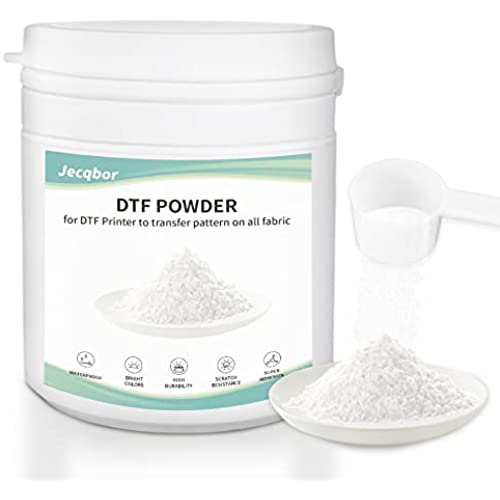
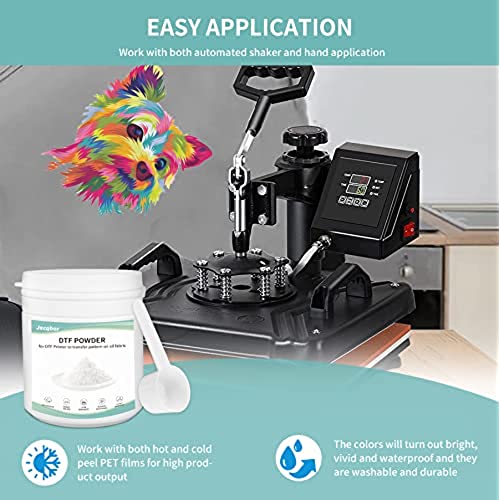
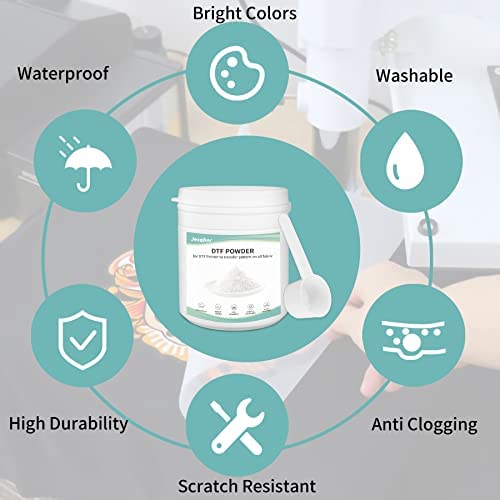
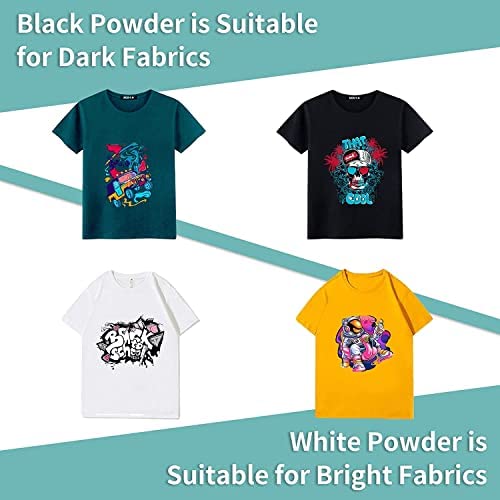
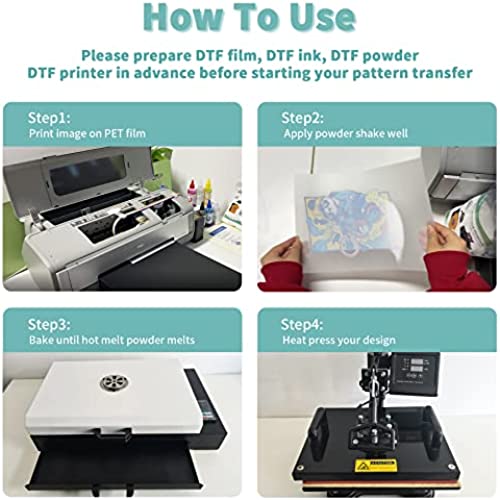
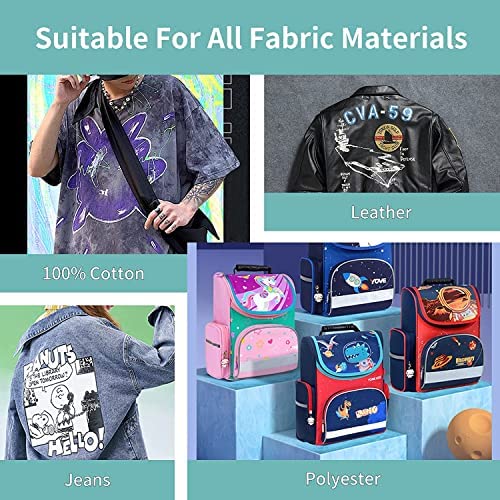
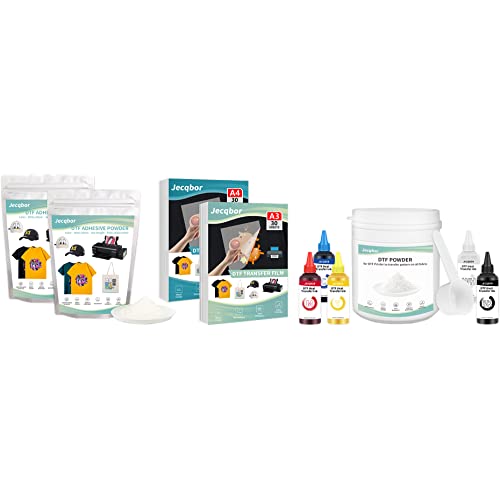



















Jecqbor DTF Powder White Digital Transfer Hot Melt Adhesive, 400g/14oz DTF Pretreat Powder for DTF Printer Direct Print on All Fabric Include Jeans Cotton T Shirt Textile etc
-

Crystal
> 24 hourDecent film. Prints on well and peels easily. No complaints on quality. Pricing not as competitive, especially if using DTF for a business… but the quality is definitely there. See the print example I made. Hope that is helpful.
-

Irace4fun
> 24 hourEasy to use and works great. Nice quality paper. Gives a nice smooth print. I would recommend this, and I will be purchasing more at this value.
-

heather jones
> 24 hourThis ink is wonderful. Its vibrant and shows up well on everything I do
-

Star
> 24 hourWorks well for me a little bit goes a really long way!
-

Koihana Hebel
> 24 hourWe really like these inks. They give you 2 bottles of white, which is nice as you burn through a lot of white! So far, we have tested this ink in our L800 and 1390 based printers and it works just fine. The coverage is good and is color accurate. It also binds well with the dtf powders.
-

heather jones
> 24 hourit works great, curing times may vary, but it works wonderfully
-

RL
> 24 hourBased on the sellers description, I ordered this powder and plan to use it to sublimate on DTF transfers. It is a good value for the size, sublimation purpose/options and price.
-

Ashley Sabath
> 24 hourAfter accidentally becoming the owner of a heat press I decided sublimation and dtf transfer ought to be my newest hobbies. Therefore I ordered this powder and it’s black counterpart after reading dtf powder was a necessary tool. Unfortunately I have only used one other kind before- my frame of reference is rather small. But I will say it does work. My images adhered to the fabric. However, I can’t say whether it worked well for sure. I think the first one I used worked marginally better. This product was also less expensive and a little of it went a long way so this bag will last me awhile.
-

kacie
> 24 hourThe printer doesnt recognize it as a sheet of film. Its way too thin!
-

Esquad
> 24 hourThis product was very easy to use and worth the price










